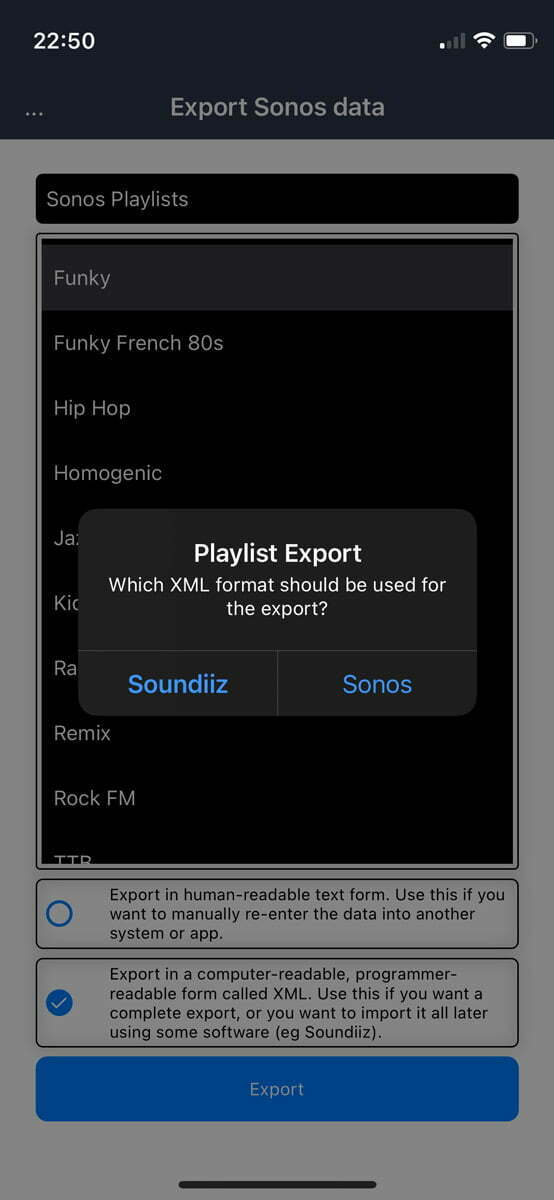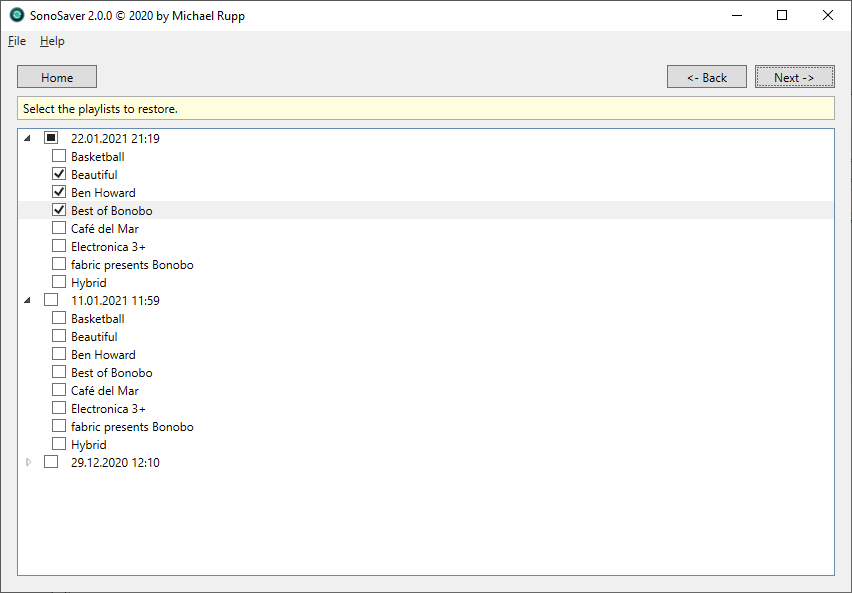


Task: Save the Queue as a PlaylistPath: /MediaRenderer/AVTransport/ControlĪction: urn:schemas-upnp-org:service:AVTransport:1 #SaveQueue Task: Add Music Item to the QueuePath: /MediaRenderer/AVTransport/ControlĪction: urn:schemas-upnp-org:service:AVTransport:1#AddURIToQueue Task: Remove All Tracks from the QueuePath: /MediaRenderer/AVTransport/ControlĪction: urn:schemas-upnp-org:service:AVTransport:1#RemoveAllTracksFromQueue Note, the following queue-based actions are performed on a master zone player. You can then use a UPnP exploration tool like DeviceSpy (discussed in the first of the series of Sonos-related posts) to test these actions. So, if you use the Sonos Desktop Controller then you can capture the basic SOAP requests shown below – with their device path, SOAP actions, and service parameters. That’s where Microsoft Network Monitor ( NetMon) helps out so you can watch traffic and look at what’s going back and forth between a controller and the UPnP devices (zone players). The trick to importing a previously exported playlist is to find the SOAP operations that support the actions described above. (Note: maybe there is a way to write a saved queue directly? That would simplify matters in one part of the code shown here.) We will have to go through the XML and add items one by one to a queue. a file on disk), we can’t just stick the XML that represents the playlist in the queue and be done with it. The reason why this is interesting is that when importing from a previously exported playlist (e.g. You can’t add multiple songs, or multiple albums, or multiple playlists at once. Not obvious on first glance is that you only add one track at a time, or one album at a time, or one playlist. The basic playlist creation and management is through the queue. Save the queue back reusing the same name.Save the queue as a playlist (also referred to as a saved queue reflecting what it really is).Local = music library in the Sonos documentation.

Add music (either local or from a non-local source like Rhapsody) to the queue.Here’s a familiar sequence of steps that you might do: First, let’s start with what happens when you work with one the existing Sonos controllers. It’s more complicated because it requires a sequence of several SOAP requests. In the previous post about extracting playlists we only investigated one half of the story of playlists, the easy part, which is exporting. Furthermore, we are providing the source code, but not the executable. It doesn’t work flawlessly and you should use care when sending broadcast packets on your network and importing playlists into your Sonos system, both which this application does. We developed and tested the WPF application on Windows 7, against the Sonos version 3.4, and using Visual Studio 2010.ĭisclaimers: This is proof of concept WPF application for managing one aspect of your Sonos system: playlists. When you combine the WPF application it produces an executable file (.exe). In this post we show how to create a Windows WPF/C# application that can discover Sonos devices on your network and display them as well as show, import, and export playlist information. You had to enter that information in the JavaScript code before using the page. One of the configuration parameters of the HTML page is an array of the network addresses of the Sonos devices. In a past post, we showed how to code up an HTML page that contained JavaScript and queried the Sonos Music System and presented what was playing and showed playlist information. (The code on this page was last checked and verified in June 2014.)


 0 kommentar(er)
0 kommentar(er)
